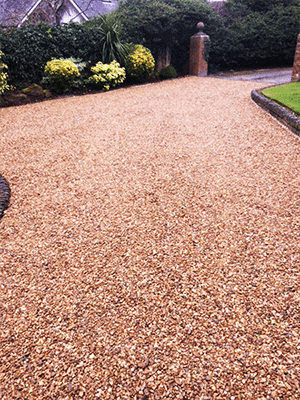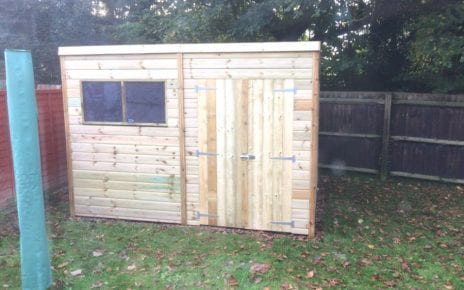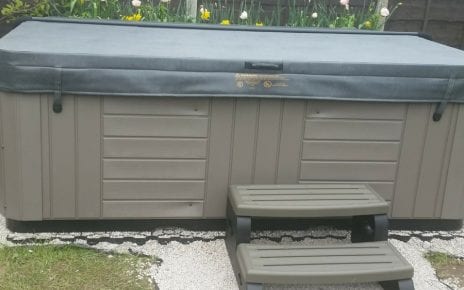Challenge the Traditional Methods – Try Building Your Shed Base From Recycled Plastic
The plastic shed base is a relatively new option for forming a shed base but is one that has definite advantages. Plastic has become a large and necessary part of our way of life it is used in many different applications within in civil engineering and is widely used in road construction. It can now be used to form an easy to install and durable shed base.
The base is typically made from a series of plastic grids 330mm x 330mm and 40mm thick weighing roughly 1kg each. In contrast a similar sized slab of paving concrete will weigh somewhere in the area of 30kg. This is a major difference especially when you figure for the entire area you will be covering.
The squares are made from a very durable, tough type of plastic that comes from recycled sources (in fact the plastic used is often from recycled wheelie bins!). So rather than recycled plastic filling up landfill sites some is being used to support the worlds sheds!
Constructing a Plastic Shed Base
When you have determined the size of the base that you need you must make sure that the ground is clear. There is no true excavation required, however you must ensure that the ground upon which you are placing it is firm and level by filling in low points or levelling off high spots.
Once this is done you will then need to lay down a layer of landscape fabric or geotextile. This will suppress the growth of weeds below your new shed, which in itself can be extremely beneficial since weed growth can damage your shed by allowing intrusive moisture to damage it from below.
Sizing the blocks that are used to build these bases is one of the easiest parts of the process. The grids are interlocking and so are quick and easy to assemble which makes them a great time saver.
After you have placed your choice of weed suppressing fabric you then place the grid pieces. They fit together quite easily and you will then you can leave the cells empty or fill them in with pea gravel if you desire.
You then build your shed upon this surface.
The Health Benefits of Plastic Shed Base and More
With very little to no heavy lifting involved these plastic bases can be very good for your back. This in turn can translate on much less stress than you might have when building a base using the timber or concrete slab methods. It also means that the rest of the family can join in!
There Are Many Other Benefits To These Bases As Well
With the shed being built right upon the grid-work rodents will not be able to easily enter your shed without gnawing through a more obvious spot than the floor. The gravel filled grid reduces the splashing effect of the rain on the bottom part of the shed which means that your shed’s lower timbers will not get nearly as wet. The plastic base grids allows the bottom of your shed to get sufficient ventilation which allows the base timbers to stay dry and thus stops decay. Being made of recycled plastics means that the grids themselves will not rot so they will last a very long time. The plastic is UV stabilized which means they will not get brittle in the sun over time as some plastics have a tendency to do. The plastic cannot hold moisture like a concrete base, which means that they will not sweat as an unsealed concrete pad might.
When you are considering what sort of material to use for making your shed base, these benefits should figure into that decision. Choose wisely and you can have a base that can outlast your shed by years.
How to Install a Plastic Shed Base
A detailed article on why you should use a plastic shed base or download the Shed Base Installation Guide. Our Guide on how to Build a Plastic Shed base explains how easy they are to assemble in more detail.



